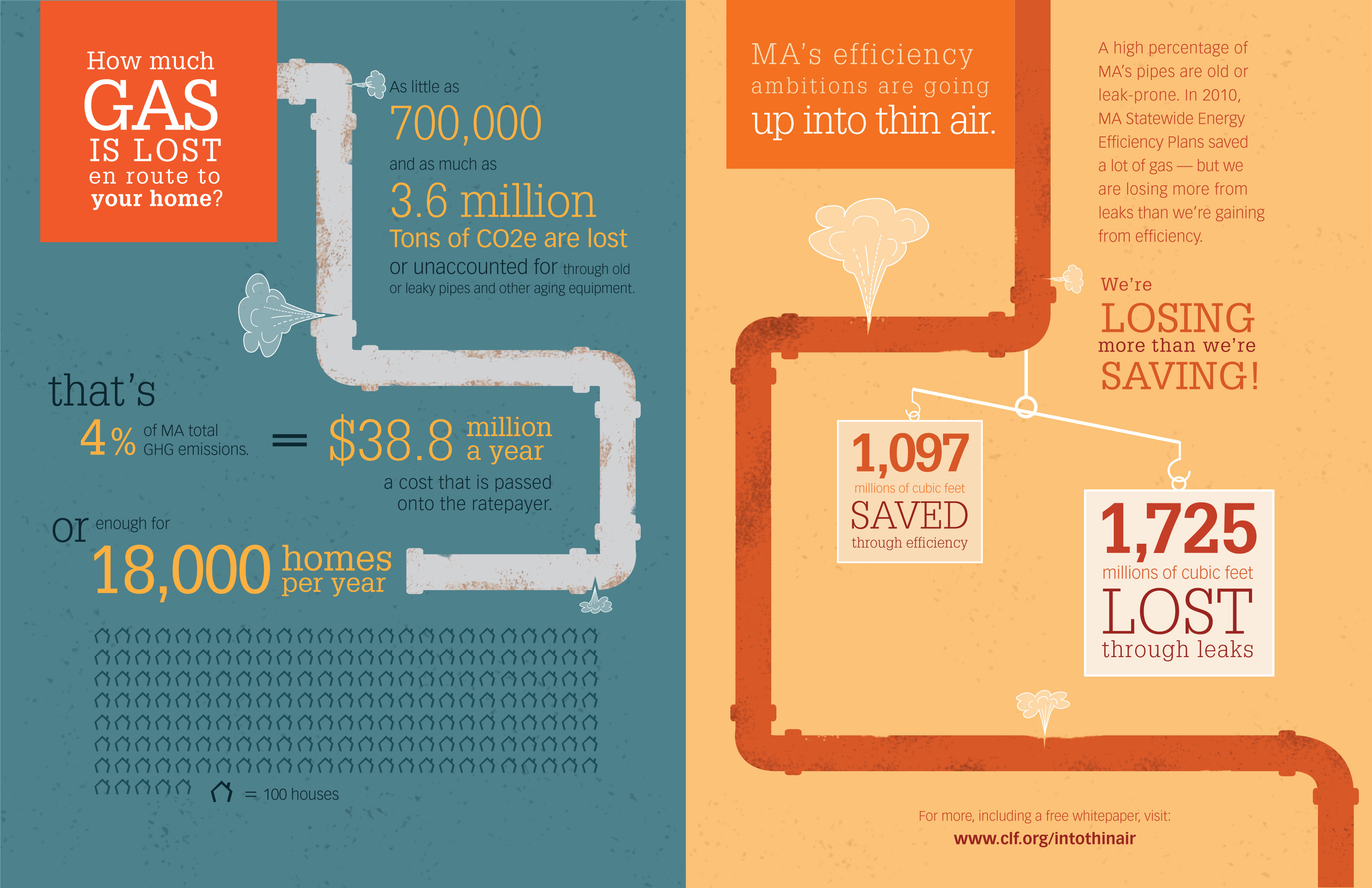A Guide To Approximating The Expense Of Roof Installation
A Guide To Approximating The Expense Of Roof Installation
Blog Article
Web Content Produce By-Udsen Wilkins
When it concerns the cost of roof covering setup, you could be surprised by the wide variety of aspects that can impact the final costs. From the size and pitch of your roofing system to the materials selected, each decision plays a role in identifying the total expenditures. Yet that's just the start. There are other critical facets that can considerably persuade the final cost. Comprehending updated blog post will certainly offer you a more clear image of what to expect when starting a roof covering installation task.
Aspects Influencing Roofing System Installation Costs
When establishing the expense of roofing installation, numerous key aspects come into play. To start with, the dimension and pitch of your roofing dramatically affect the overall cost. A larger roof covering with a steeper pitch will certainly need even more products and labor, hence driving up the costs.
Second of all, the type of roof covering product you pick is an essential variable. Products like asphalt tiles are much more affordable, while premium alternatives like steel or slate can be significantly more costly.
In addition, the problem of your existing roof and any needed fixings or preparatory job can influence the final price. If there's considerable damages or architectural issues that require resolving, it will certainly contribute to the total rate.
Moreover, your location can also impact the expense, as labor prices and product costs can differ depending upon where you're located. By considering these variables, you can better approximate the expense of your roof installment and plan your spending plan accordingly.
Typical Cost Failure by Product
Taking into consideration the typical price malfunction by material is vital when preparing for your roof installment job. The product you choose for your roofing system significantly affects the overall expense. On average, asphalt shingles are the most common and cost-effective alternative, ranging from $1.50 to $5.50 per square foot.
If you go with metal roof, anticipate to pay between $5.00 to $12.00 per square foot, making it a more durable however costlier selection. Timber shingles can set you back anywhere from $6.50 to $11.00 per square foot, using a natural and cosmetically pleasing appearance.
For those curious about a costs option, slate roof can range from $10.00 to $75.00 per square foot because of its beauty and long life. Finally, clay ceramic tiles are a popular selection, valued in between $10.00 to $18.00 per square foot, understood for their sturdiness and distinct look.
Comprehending these ordinary expenses by product will assist you make an informed decision based upon your budget plan and wanted visual appeals.
Extra Costs to Think About
To guarantee an extensive understanding of the total expenses involved, it is necessary to factor in added prices when planning for your roofing system setup job. Past the raw materials and labor costs, there are a number of various other expenses that you need to take into consideration.
One significant extra cost is the elimination and disposal of your old roof. Relying on the product and dimension of your existing roofing, this procedure can add to the general rate of the setup.
One more cost to keep in mind is the potential architectural repair services that may be required prior to the brand-new roof can be mounted. Issues such as harmed outdoor decking or rotten trusses can intensify the job's cost.
Additionally, if your roof needs any special equipment like cranes or scaffolding for access, these rental expenses must be factored in too.
Finally, do not forget https://lyonsroofing28495.tusblogos.com/31961243/contractors-embrace-eco-friendly-practices-taking-a-look-at-the-environmental-effects-of-roof and inspections, which are important for guaranteeing that your brand-new roofing system fulfills building codes and regulations.
Final thought
So there you have it - when planning for a roofing installation, be sure to think about the dimension, pitch, kind of product, and location of your roof.
Do not forget added costs like eliminating the old roofing system, repairs, devices service, and allows.
By taking all these variables into account, you can better approximate and allocate a successful roofing installation task.
